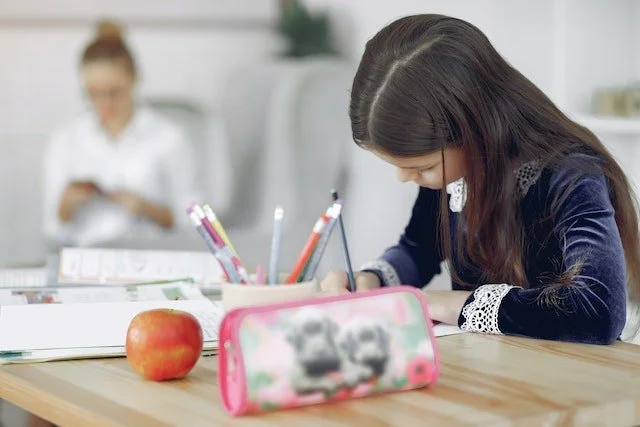Parenting and Problems at School for Elementary School Children
Emotional Wellbeing of Children in School
When it comes to children in elementary school, often the most important red flags to parents regarding the emotional wellbeing of their child is a change in how they are doing academically, or if there are reports of them acting out in school. When a child’s academic performance at school drops, it can be a sign that the child is losing focus or is distracted by an emotional sense of disregulation. This could be a sense of not belonging or fitting in, a disruption to their sense of self, or adjusting to a new reality. It can also possibly be a sign that a child feels shame. As adults, we may not understand why the current circumstance warrants shame, but if a child feels shame, we need to accept it, not try to convince them that they should not feel this way.
Johnny, an 8-year-old, was selected to represent his class in the school wide spelling bee. He was very excited and proud that his parents were coming to the event at school. Johnny misspelled the very first word that he was asked, “yellow.” Johnny was so embarrassed that his parents had come and he missed the very first word. Johnny walked off the stage and spent the remainder of the spelling bee crying softly at his seat. Afterwards, his parents tried to console him by telling him that they were proud of him just for being selected for the spelling bee, but that did not seem to help Johnny.
Having Your Child Learn Acceptance
As a parent, often our natural reaction is to try to take away our child’s hurt or stop them from feeling pain. When dealing with emotions and feelings, commands such as “You shouldn’t feel bad” or “Stop crying. It is not that important” are negating of a child’s feeling and do nothing to facilitate understanding or compassion. A more helpful option might be for a parent to acknowledge and accept the feeling that their child has. “Johnny, it seems like you are very sad about the spelling bee. Can you tell me more about how you are feeling?” Johnny: “I just wanted to do a really good job and win the spelling bee.” Parent: “That’s why we are so proud of you because you try your best and really want to do a good job. We love you no matter what happens.”
Acceptance is what we need to communicate first. The parent accepted that Johnny was feeling sad, and then communicated why they were so proud of him. In addition, the parent might simultaneously be physically comforting their child by allowing them to sit on their lap or putting a reassuring arm around them to help them feel physically supported. So much of our communication with young children is non-verbal.
Don’t Press For Reasons
Young children ages 5–10 are often not able to verbally express or interpret how they feel. They might just feel agitated or upset in their body, and be unable to express anything else. Consequently, when adults press them for explanations, children can become even more frustrated. “Why did you do that?” is not a helpful question for a 6-year-old. In addition, when a child is upset, they need to calm down before they can address what is going on for them.
Once they calm down, they may no longer recognize what upset them in the first place. The emotion is gone. This sometimes baffles adults and does not allow them to get the resolution that they want or could get in an adult interaction. As an adult, we often want or need our child to stop crying, but it is important to let them feel what they feel. Their feelings will not last long. Children want desperately to feel understood even if they cannot explain themselves. Just being present without saying anything can sometimes be the most soothing and assuring to a child.

